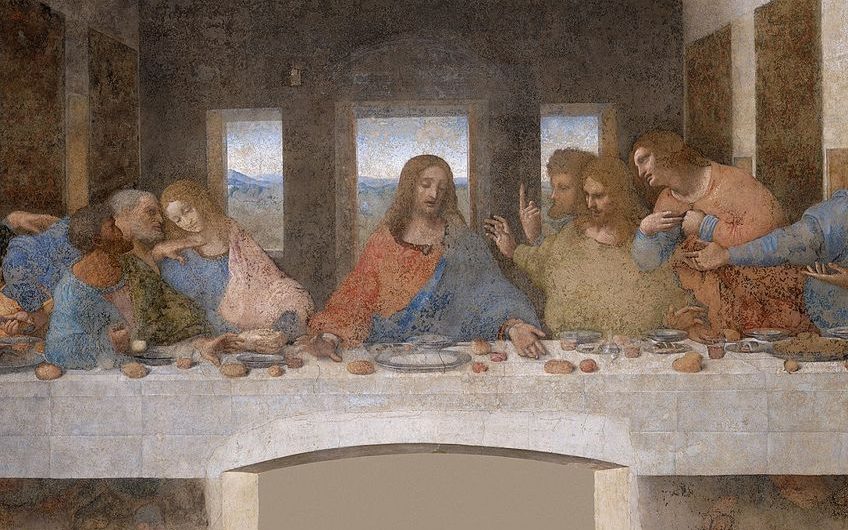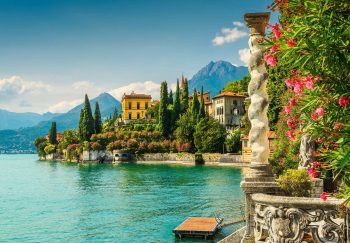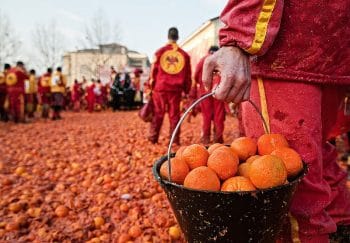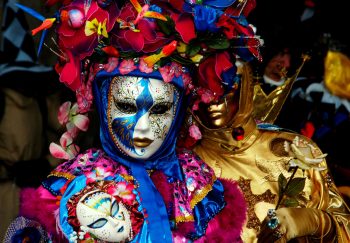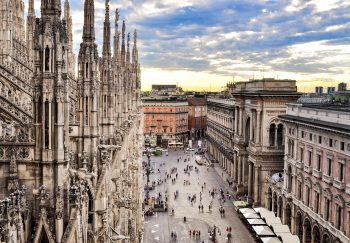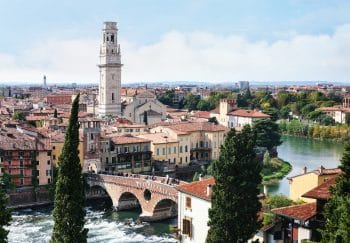Leonardo da Vinci painted The Last Supper back in 1495. It has been a major painting in the history of art for over five hundred years. It is treated as gold dust, which is a good thing. The Last Supper is full of symbolism and secrets, as well as speculation. Along with the conspiracy theories about Judas’ portrayal, the spilled salt, and Mary Magdalene being present among the apostles. A more pressing concern is The efforts made to restore the rapidly disintegrating masterpiece.
Leonardo da Vinci was commissioned by Ludovico Sforza (Duke of Milan) to paint the Last Supper at Santa Maria Delle Grazie monastery. The Duke wanted the church to be the Sforza family mausoleum. However, Da Vinci had bigger goals for this piece. Da Vinci was yet to paint the Mona Lisa. His skills were already displayed in works like Portrait of an Unknown Woman or The Virgin of the Rocks. His reputation was not good. Da Vinci failed to deliver his commissions on schedule and, often, never delivered them at all. His artistic talent was quickly replaced by sneers, jokes, and sarcasm. Even his peers suggested that he wasn’t able to complete a painting. He needed to show his skills by painting a grand biblical scene that depicted Jesus’ last supper. Leonardo was entrusted with the task by Sforza.
A masterpiece is in danger of falling apart
Leonardo is a true innovator. It’s no surprise that he didn’t just follow the rules when he started painting The Last Supper. This led to many problems when preserving the masterpiece. The traditional Renaissance fresco method used wet plaster to cover the walls. The painter had to work quickly and have a plan for how the piece would look. Leonardo did not have much experience painting large surfaces or using traditional fresco techniques. He decided to try a different method that would allow him the freedom to work at his own pace. Leonardo used paint tempura mixed with oil, eggs, and other binding agents, and applied it to the drywall. He was able to work on the painting for long periods of time, a total of three-year span from 1495 to 1498. This was a risky venture that ended in disaster. The paint started to peel away from the wall in 1517, just 20 years after the completion of The Last Supper. Records from 1582 indicate that it was now “in a state of total ruin”.
The painting didn’t withstand the test of time because Leonardo’s experiments weren’t the only reason. It was not the ideal location for a masterpiece, as the Santa Maria church housed the painting. The painting was exposed to constant flooding and naturally damp conditions. It was also situated in a room close to the kitchen, where it was continuously exposed to steam and smoke from the ovens during its earlier years.
Are you planning a trip to The Last Supper? Our detailed guide to tickets, times, and other sights in Milan can be found here.
The historical neglect of the painting does not end there. Through the centuries, a variety of events have caused more damage to the already damaged mural. A new door was installed in the North wall of the room that houses The Last Supper. This removed the section of Jesus’ feet from the painting and allowed much of the plaster and paint to fall off the wall. The area was used by Napoleon’s army to invade Italy. They also used it as a stable for their horses. Soldiers threw bricks at the heads of the apostles. The most difficult challenge for the painting came during World War II, when a bomb dropped by the Allies to the church’s roof and damaged one of its walls. The painting survived the attack by being supported by sandbags. It was exposed to the elements for several months before it could be rebuilt, causing significant damage to the painting.
Preservation or restoration
Some scholars believe that less than half the painting is Leonardo’s original. A small amount of the painting has been irrevocably lost. The rest is the result of restoration efforts to recreate Leonardo’s work over the centuries. These efforts were not always successful and led to many disputes over the proportion of the work that was done by da Vinci.
Charles Dickens, who viewed The Last Supper in 1845 in the nineteenth century, voiced his disapproval at restoration efforts. He noted that “aside from the damage it had sustained from damp, decay, or neglect, it was so retouched and repainted that, that, so clumsily that many of its heads are now positive deformities.” Dramatists react well to this. Much of the current debate is based upon later restoration efforts. The painting was in a terrible state of neglect and decay when the Italian authorities began a major restoration. The main goals of this project were to preserve the painting and remove years of grime and dirt that had built up over the years. Pinin Brambilla Barrcilon, an art restorer, accepted the enormous task and began a twenty-year project to restore The Last Supper.
Pinin began by cleaning the painting’s surface with specialized strips that were soaked in solvents. This removed any grime and built-up dirt. The next step was to fill in the missing areas of the painting with her team of experts. They used faded watercolors to make Leonardo’s original work easily identifiable from the restoration. This was an easily reversible method. The results? The result? More vibrant colors, a clearer picture, and a clear distinction between what is left of a painting and what has been added to make it more complete.
It’s impossible for everyone to be happy and, just as the work of Michelangelo’s Sistine Chapel painting during the 1980s was controversial, the restoration of The Last Supper was bound to stir up controversy. Many have praised Pinin’s work. Others argue that historical restorations, which were part of Pinin’s project, were part of the painting’s history and have become an integral part of the story of The Last Supper. In this way, the removal of them would be seen as an attempt to erase the painting’s history. History and art critics also have concerns about the changes made to the painting’s elements during its restoration. The sleeve covering Jesus’ right arm is now draped above the table. Leonardo’s students also completed other versions of the painting. His sleeve is now draped behind the table in other versions. Art historians oppose such changes, arguing that they alter Leonardo’s original intentions as well as affect the overall meaning and beauty of the painting.
It doesn’t matter if the original brush strokes of Leonardo are preserved, but the fact that the painting survived five hundred years is remarkable – despite flooding and bombings.
